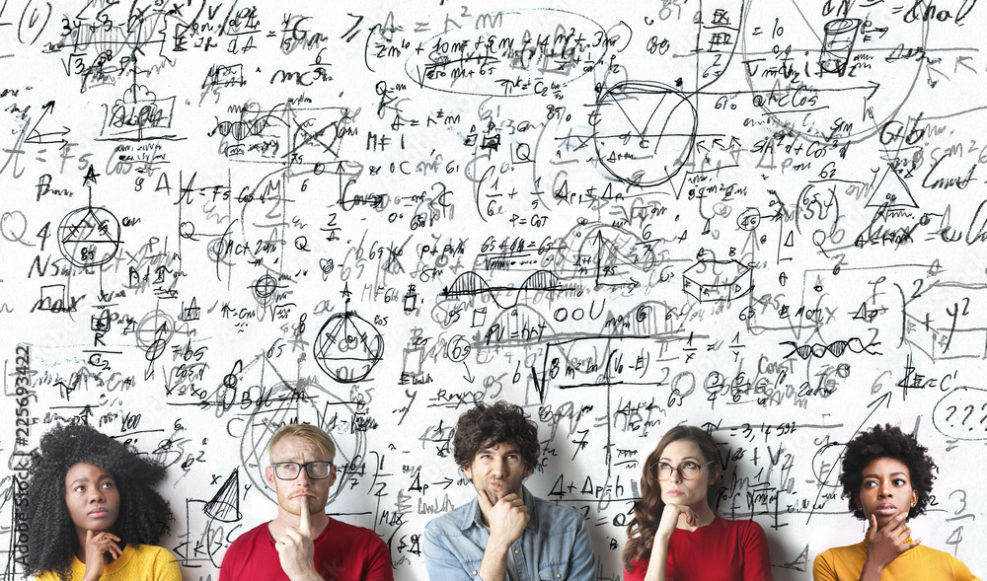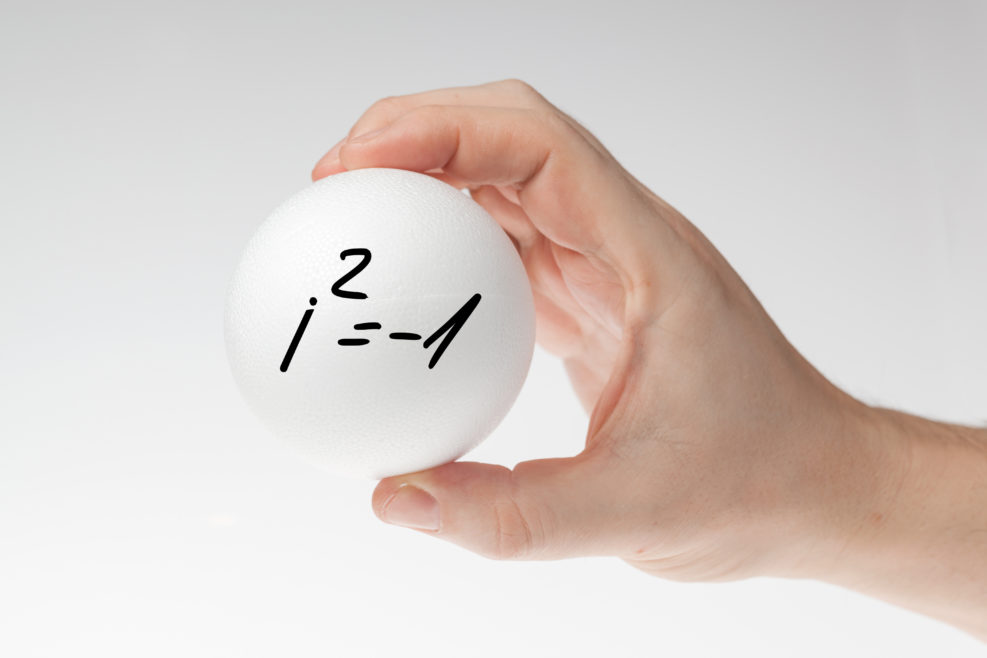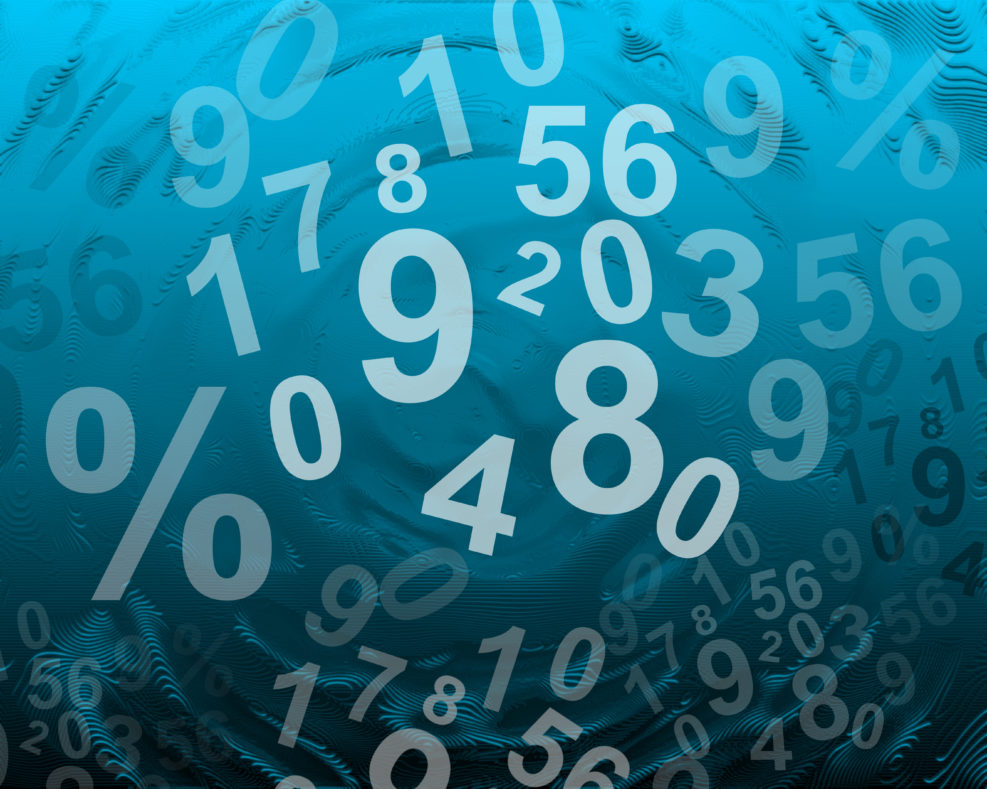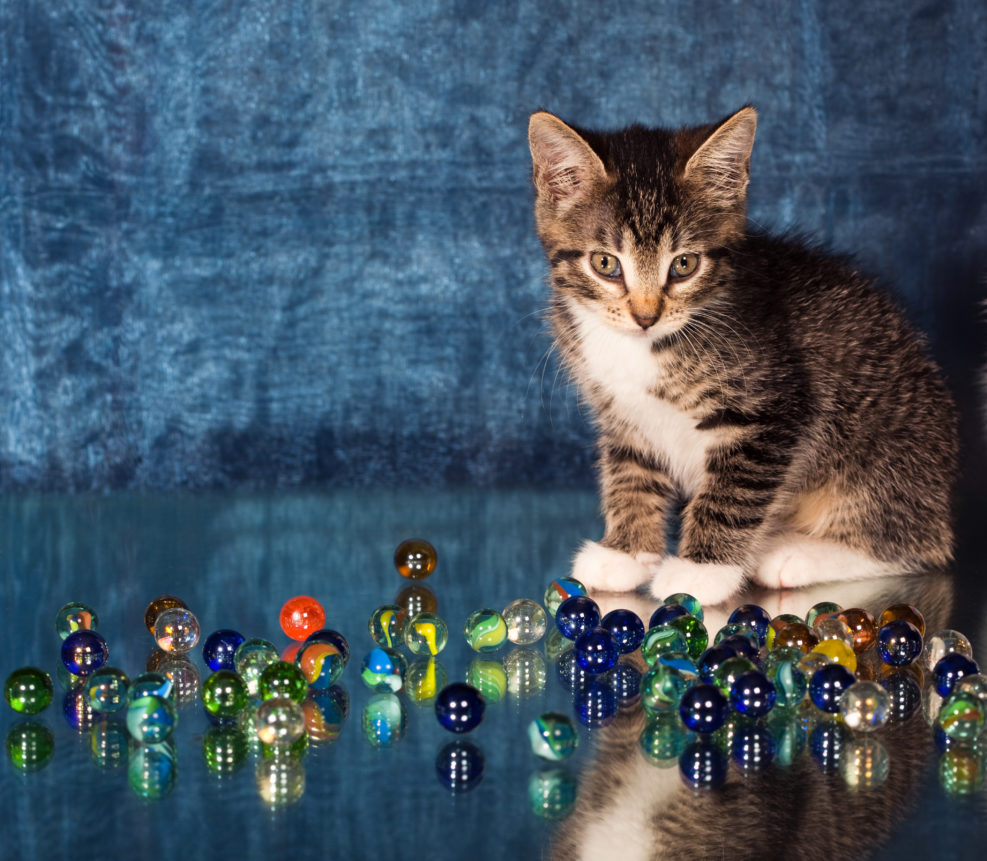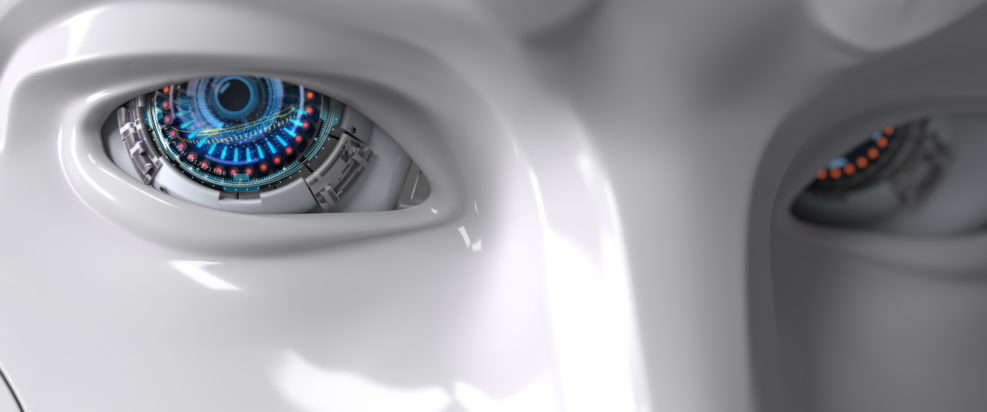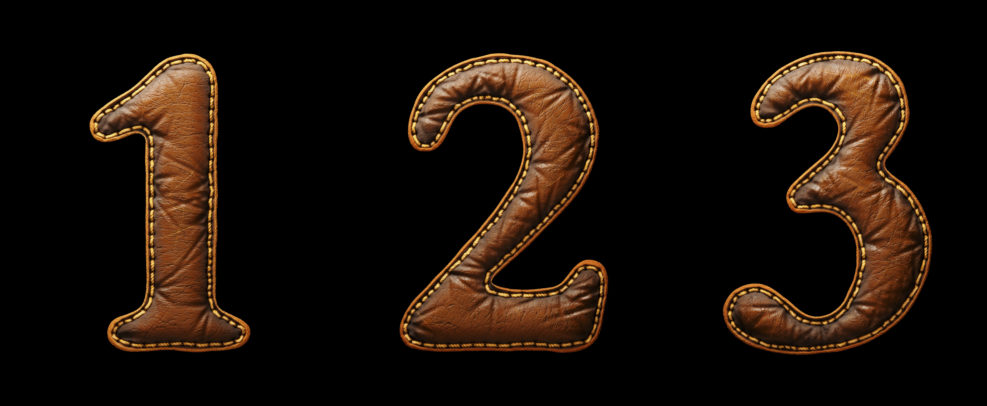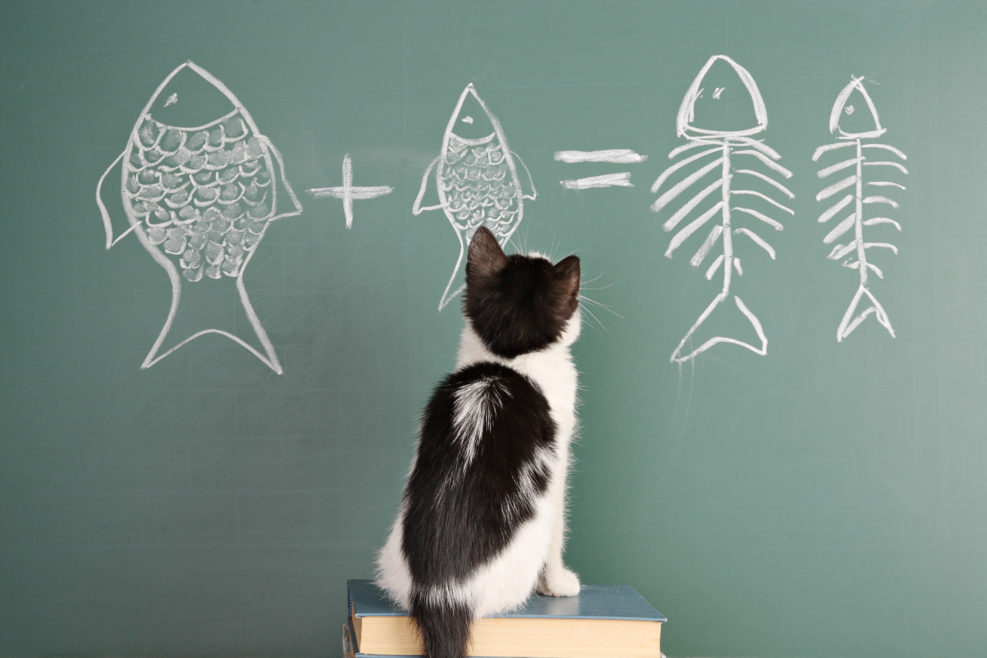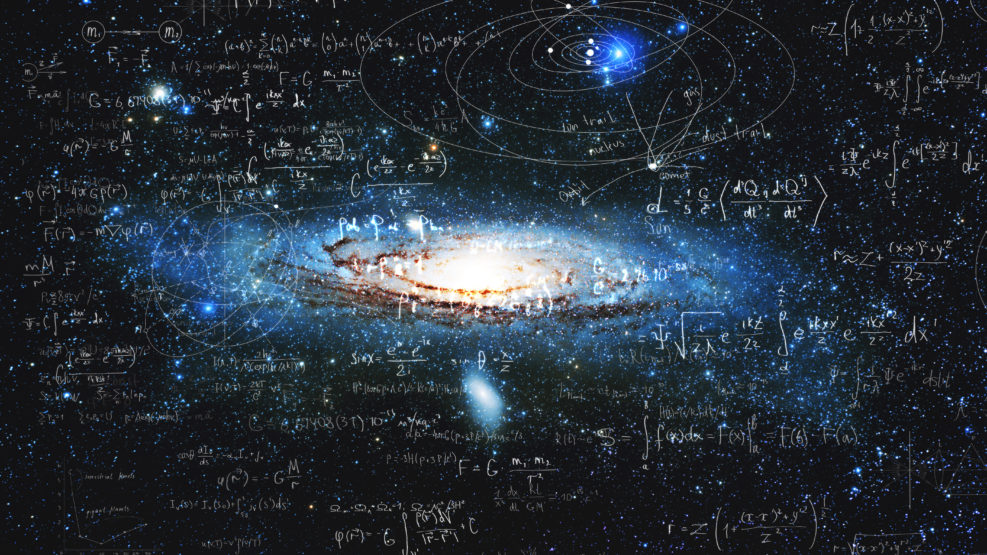
Unexplained — Maybe Unexplainable — Numbers Control the Universe
For example, brilliant physicist Richard Feynman called 1/137, the fine structure constant, “a magic number that comes to us with no understanding by man”In Carl Sagan’s Contact, the extraterrestrials embedded a message in the irrational number pi (the circumference of a circle divided by its radius). But some other numbers are critical to the structure of our universe too — and why they are critical does not make obvious sense. ➤ Perhaps the most fundamental and mysterious one is the fine structure constant of the universe: A seemingly harmless, random number with no units or dimensions has cropped up in so many places in physics and seems to control one of the most fundamental interactions in the universe. Its name is the fine-structure constant, and it’s a measure of the strength of the interaction between charged particles and the electromagnetic force. The current Read More ›

